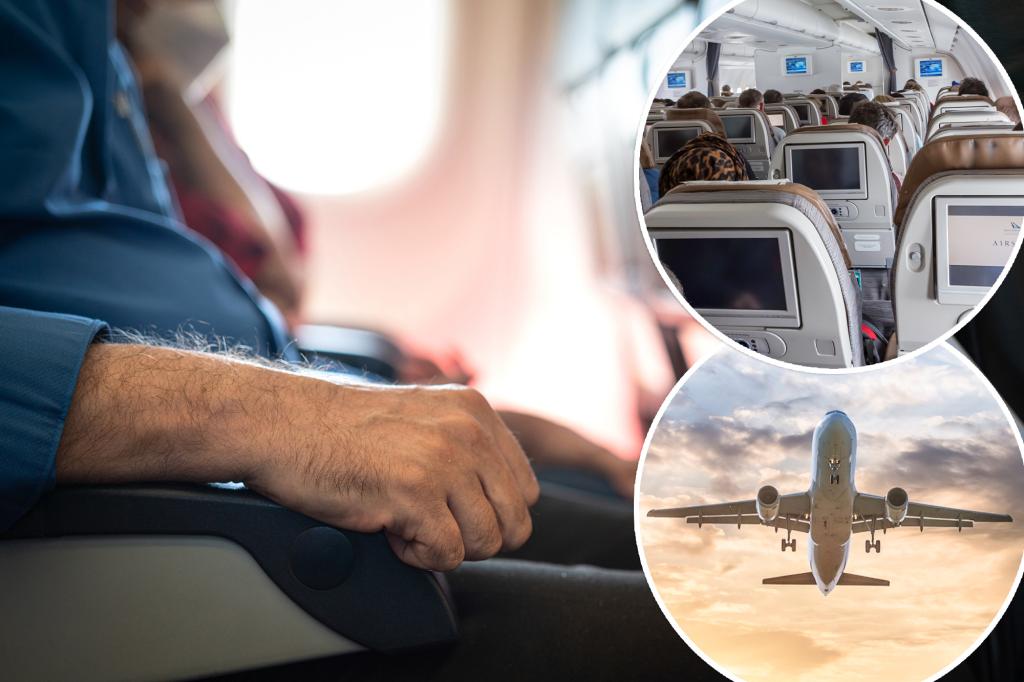Etiquette coaches Tami Claytor, Diane Gottsman, and Jodi R.R. Smith have addressed the debate on whether it is appropriate to recline your seat on a plane. Claytor believes that just because you can recline your seat doesn’t mean you should, as it interferes with someone else’s comfort and violates the basic principle of etiquette. Smith suggests that passengers should practice polite awareness while traveling and try to maximize their comfort without inconveniencing others. When it comes to reclining during short flights, experts advise against it unless you can guarantee it won’t bother the person behind you. However, for long flights like red-eye journeys, reclining is acceptable as others will likely be reclining at the same time.
Passengers who are tall, have back problems, or need space for their young children are given a pass to recline their seats, but others should check if there is someone behind them or if a small child is seated there. In these cases, leaning back is acceptable. It is also suggested that travelers initiate a conversation with their seat neighbors before reclining their chairs, to ensure that they are not making anyone uncomfortable. Negotiating a compromise, such as only slightly reclining the seat or doing so for a specific period of time, is a polite and thoughtful way to handle the situation.
Overall, the message from the etiquette experts is clear: passengers should be considerate of their fellow travelers and avoid reclining their seats when it may cause discomfort to others. While it is understandable that travelers want to be as comfortable as possible during their journeys, it is important to balance personal comfort with the comfort of those around you. By being mindful of the effects of reclining on others and engaging in open communication with seat neighbors, passengers can create a more pleasant and respectful travel experience.
In the cramped confines of today’s airline seats, finding the right balance between personal comfort and consideration for others can be a challenge. Experts advise that passengers on short flights should avoid reclining unless they are certain it won’t inconvenience the person behind them. For longer flights, such as red-eyes, where sleep is crucial, reclining is more acceptable since most other passengers will also be reclining. Frequent flyers who have specific needs that require them to recline, such as tall individuals or those with back problems, are also given leeway to recline their seats.
The bottom line is that while passengers may have the right to recline their seats, they should do so with consideration for others. The key is to strike a balance between personal comfort and courtesy to fellow travelers. By being mindful of the impact of their actions, engaging in open communication with seat neighbors, and being willing to negotiate compromises, travelers can create a more harmonious and enjoyable experience for everyone on board. Ultimately, practicing good etiquette and empathy can go a long way in making air travel more pleasant for all involved.


